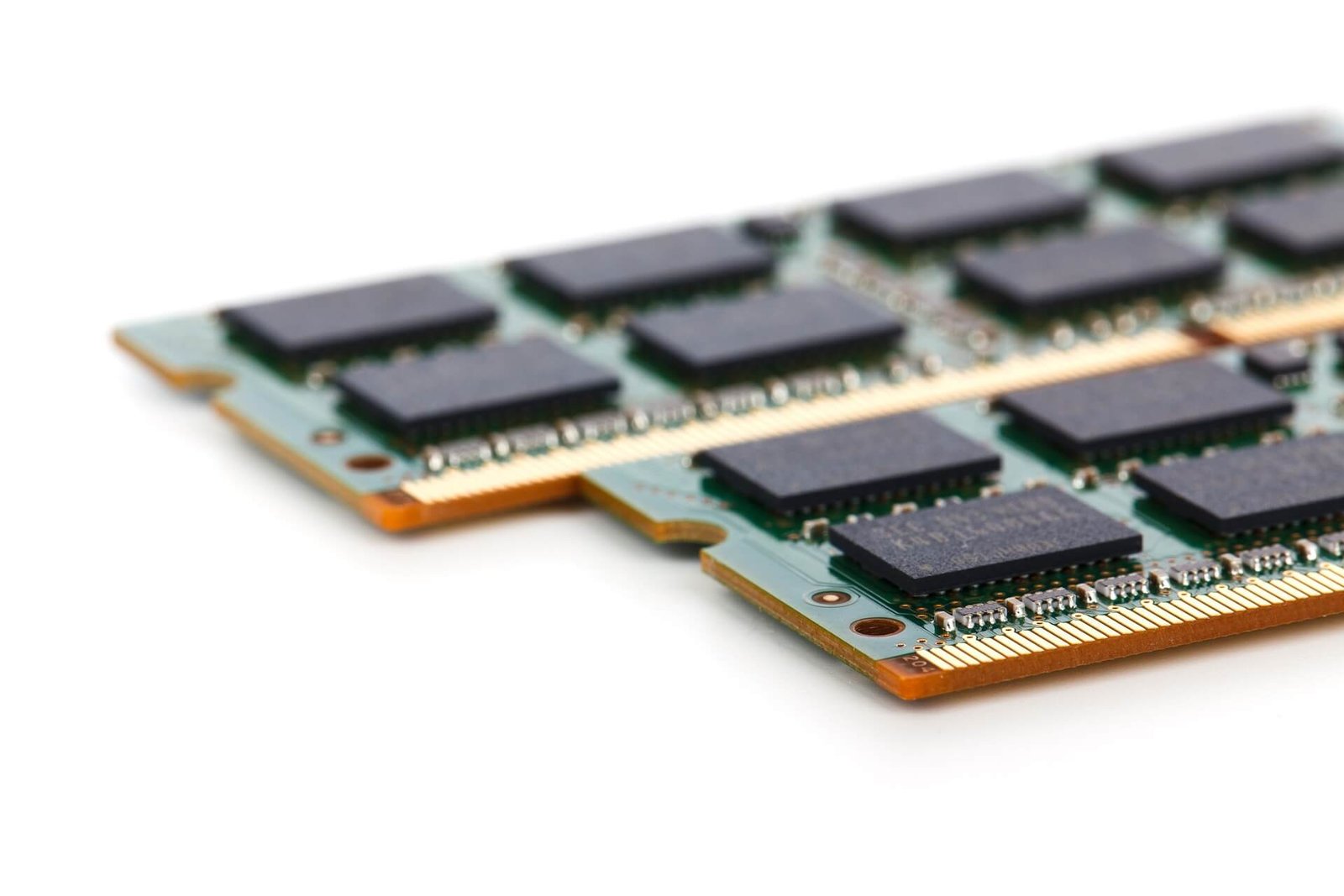The electronic components industry, a critical sector in the global economy, faces inherent volatility characterized by rapid technological advancements, fluctuating demand-supply dynamics, and geopolitical influences. For distributors of electronic components, navigating this unpredictability is paramount for sustaining growth and ensuring long-term success.
The Volatile Landscape of the Electronic Components Industry
The electronic components industry is characterized by its fast-paced evolution, driven by relentless innovation and the increasing demand for advanced technologies. However, this progress comes with its share of challenges, from supply chain disruptions to fluctuating demand and environmental concerns. Distributors find themselves at the heart of these challenges, requiring them to adopt strategies that ensure not just survival but thriving resilience.
Current Challenges Facing Distributors
Distributors face a multifaceted array of challenges, including supply chain vulnerabilities, technological obsolescence, and increasing competition. In such a landscape, resilience becomes not just an asset but a necessity.
The Importance of Resilience
Resilience in the electronic components distribution industry means anticipating, preparing, responding, and adapting to sudden changes or challenges without losing momentum. This resiliency is critical for distributors to maintain operations and support customers during unpredictable market conditions. In this field, WIN SOURCE, as an electronic components distributor, while maintaining flexibility, continuously strives to predict market changes, prepare sufficient inventory, and provide quick response and flexible delivery services to meet the changing needs of customers.
Understanding Market Volatility and Its Impact
Factors Contributing to Market Volatility
Market volatility in the electronic components sector is influenced by several factors, including innovation cycles, regulatory changes, and global economic conditions. These elements can lead to sudden shifts in demand, pricing pressures, and supply chain disruptions.
The Immediate Effects on Distributors
For distributors, such volatility can result in inventory management challenges, margin pressures, and the need for constant adaptation to market changes.
The Resilience Factor
Definition and Importance of Resilience in Business
Resilience refers to a business’s ability to rapidly adapt and recover from challenges. In the volatile electronic components market, resilience is not just beneficial but essential for distributors aiming to thrive.
Key Resilience Factors for Distributors
These include supply chain agility, robust financial management, and the ability to forecast and respond to market changes proactively.
Strategic Framework for Resilience
Enhancing Supply Chain Flexibility
Adopting a flexible supply chain model allows distributors to respond swiftly to disruptions, ensuring continuous operation and customer satisfaction.
Diversification of Product Lines and Suppliers
Diversifying suppliers and product offerings can mitigate risks associated with over-reliance on specific markets or suppliers.
Technological Advancements and Digital Transformation
Investing in technology enhances operational efficiency, improves customer experience, and provides data-driven insights for better decision-making.
Building Strong Relationships with Manufacturers and Clients
Strong partnerships ensure priority support during supply shortages and facilitate collaborative problem-solving.
Financial Management Strategies
In the rapidly evolving and inherently volatile electronic components industry, distributors face numerous challenges that can impact their financial stability and growth prospects. To build resilience, it’s crucial to adopt robust financial management strategies that can safeguard against market fluctuations and ensure sustainable operations. Below are key financial strategies that electronic components distributors can implement:
- Effective Cash Flow Management: Maintaining healthy cash flow is vital for distributors to manage their operational costs, invest in inventory, and navigate periods of low demand or supply chain disruptions. This involves careful monitoring of accounts receivable and payable, optimizing inventory levels to avoid overstocking, and negotiating favorable payment terms with suppliers and clients.
- Diversification of Revenue Streams:Relying on a single product line or market segment makes distributors vulnerable to industry-specific downturns. By diversifying their product offerings and exploring new market segments, distributors can spread their risks and tap into new revenue opportunities. This diversification strategy also includes exploring new business models, such as value-added services or subscription-based models.
- Strategic Cost Management:Identifying and implementing cost-saving measures without compromising on the quality of service or product offerings is crucial. This can involve optimizing supply chain logistics, leveraging technology to improve operational efficiencies, and renegotiating contracts with suppliers and service providers to obtain better rates.
- Building Financial Reserves: Establishing a financial buffer can provide distributors with the flexibility to manage unforeseen challenges. This reserve fund can be used to cover unexpected expenses, invest in strategic opportunities, or sustain operations during tough economic times.
- Investment in Technology: While initially requiring significant investment, technology can streamline operations, improve efficiency, and ultimately lead to cost savings. Implementing systems for inventory management, customer relationship management (CRM), and data analytics can provide distributors with insights to make informed financial decisions and optimize their operations.
Conclusion
In conclusion, building resilience in the volatile electronic components industry requires a strategic approach encompassing supply chain flexibility, technological investment, financial management, and strong relationships. By implementing these strategies, distributors can not only survive but thrive, turning market challenges into opportunities for growth.







